Table of Contents
Varied Landscape of Iran
In the heart of Iran, nature paints a masterpiece of contrasts, where colossal mountains and pristine coastlines coexist harmoniously. Amidst this scenic splendor, Iran’s high interior basin stands tall, encircled by weathered mountain ranges, their peaks often reaching heights beyond 6,500 feet (1,980 meters).
Venturing north, the landscape dramatically descends from these towering heights to the Caspian Sea’s edge, a captivating transition from rugged summits to the tranquil embrace of the sea.
To the south, a different spectacle unfolds as a 2,000-foot (600-meter) plateau gracefully meets the Persian Gulf and the Gulf of Oman. This remarkable fusion of elevation and water creates a tapestry of natural wonders, inviting travelers to witness the awe-inspiring beauty that defines Iran’s diverse and captivating terrain.
Mountains of Iran: A Glimpse into Panorama
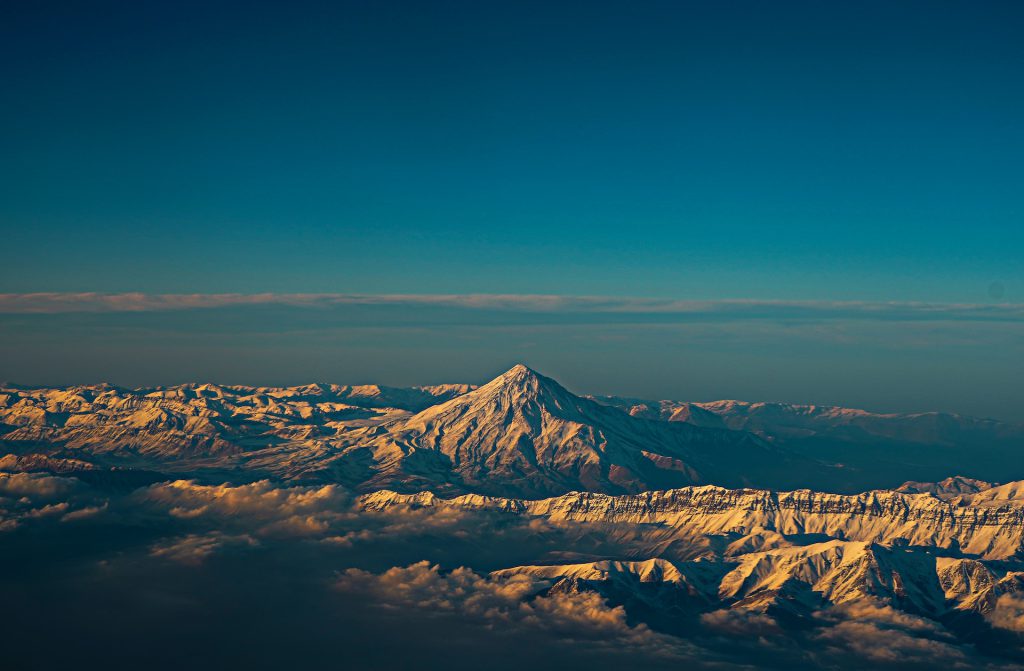
Surprisingly, Iran is not completely flat or desert land. 55 percent of Iran is mountainous and more than 100 peaks are higher than 4000 meters. Iran’s mountains are divided into four groups: the Alborz range in the north, the Zagros chain in the west, the Eastern Mountains, and the central ones. There are some volcanic peaks like Damavand, Sabalan, Taftan, and etc. Strange caves and springs and spas have given more beauty to the mountains.
It’s good to know that evidence of early communities and urban settlements have been found in the Zagros mountains. Therefore, the picturesque nature and also the cultural and historical attractions of the Iranian mountains are considerable. The following table shows the twenty highest of Iran’s mountains. It’s a brief list and lots of mountains can be added to it. By the way, Kuh in Persian means mountain.
Iran Mountains: Volcanic Activity
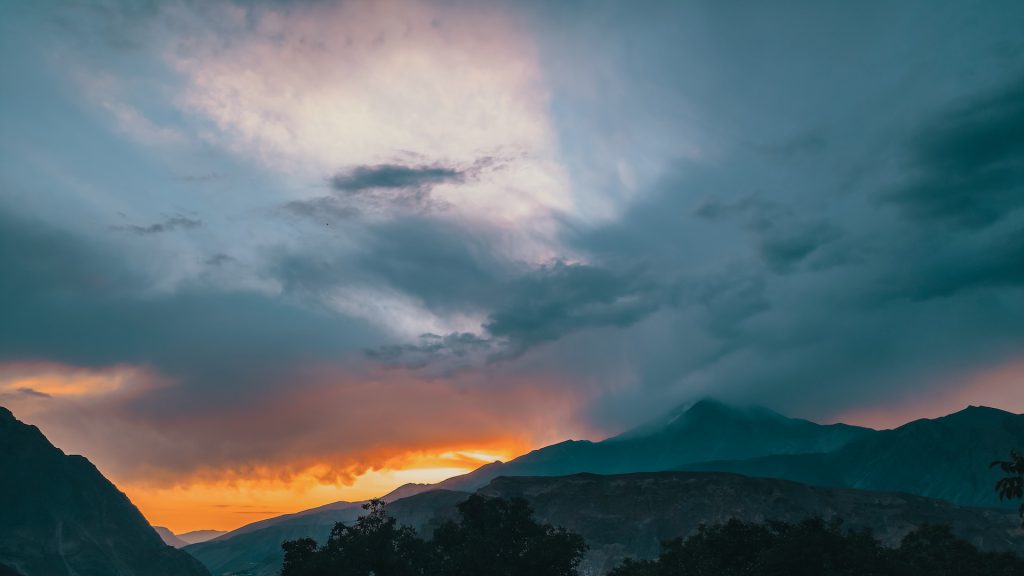
The ground beneath our feet tells a story of the ancient volcanic might of Iran mountains. Mount Taftan in the southeast occasionally rumbles, emitting gas and mud. Meanwhile, Mount Damavand in the north, along with Mount Sabalan and Mount Sahand in the northwest, have been quiet for as long as anyone can remember, their grand peaks untouched by recent eruptions.
Picture a fiery trail stretching 1,200 miles from northwest to southeast: the Sahand-Bazman Belt. It’s home to mountains like Sahand, Karkas, Lalahezar, and Bazman, formed by ancient volcanic bursts. In the northwest, a 200-mile stretch is covered in lava and ashes, reaching from Jolfa to the Caspian Sea. Another volcanic region, 250 miles long and 40 miles wide, lies between Lake Urmia and Qazvin. These volcanoes, though dormant, have left a lasting mark on Iran’s diverse and ever-changing landscape.
Mountains in Northern Iran
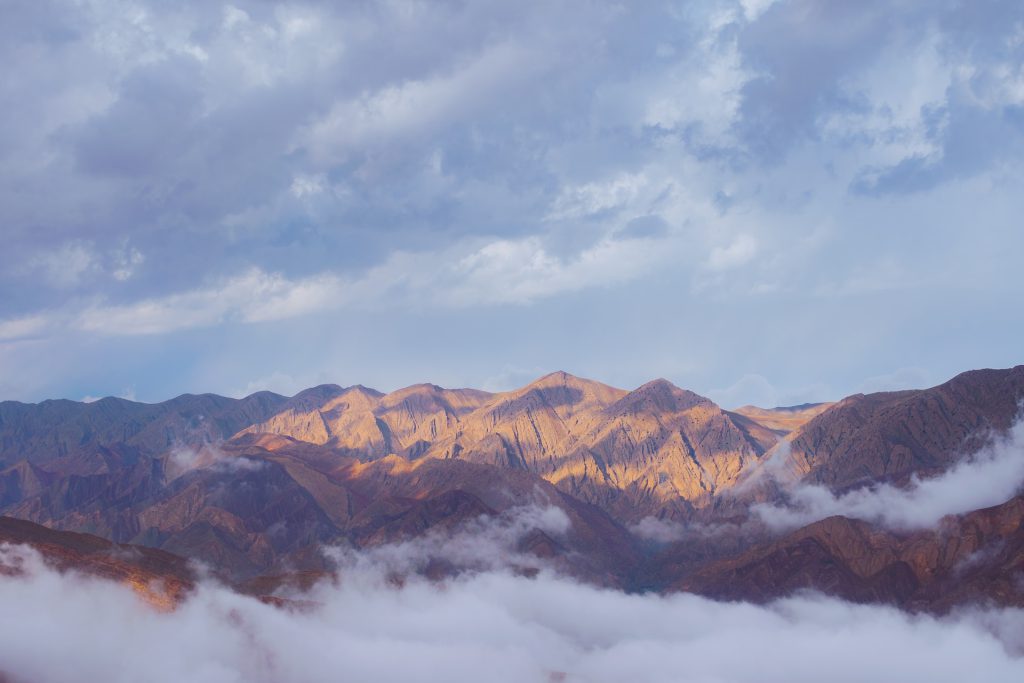
c Spanning 560 miles (900 km), this majestic mountain in Iran serve as a testament to the country’s natural wonders. Not only do they stand tall, shielding the land from the elements, but they also play a vital role in shaping the region’s climate and biodiversity. The slopes of the Elburz Mountains are adorned with lush forests, home to a myriad of flora and fauna, creating a haven for wildlife enthusiasts and nature lovers alike.
Moreover, these mountains Iran hold a special place in culture and history, inspiring myths, legends, and timeless tales. The snow-capped summits provide a striking contrast against the azure sky, inviting travelers to explore their rugged trails and hidden valleys. As the sun sets behind these towering peaks, casting a warm glow across the land, one cannot help but marvel at the splendor of the Elburz Mountains, a true gem in Iran’s natural heritage.
Highest Iran Mountains:
Here’s an exclusive peek into the grandeur that awaits: presenting the top tallest Iran mountains. Get ready to be spellbound by their towering peaks, each telling a story of resilience and beauty carved by the hands of time.
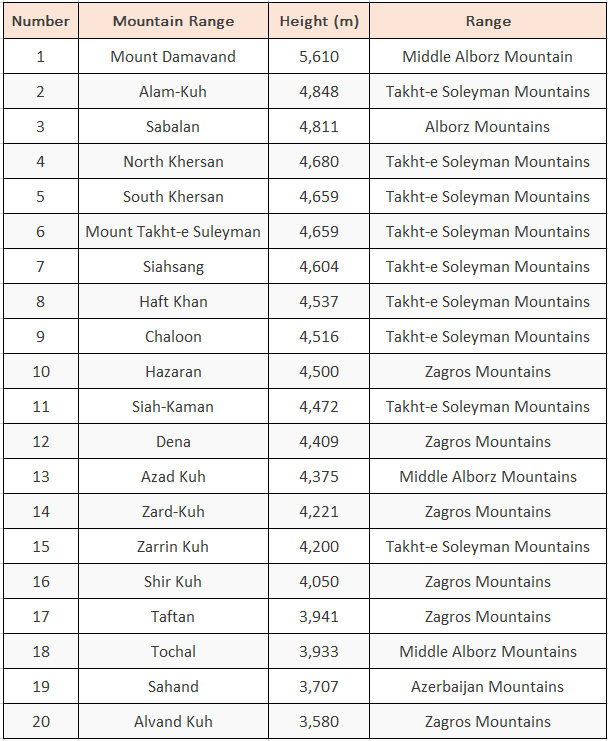
Most Visited Iran Mountains
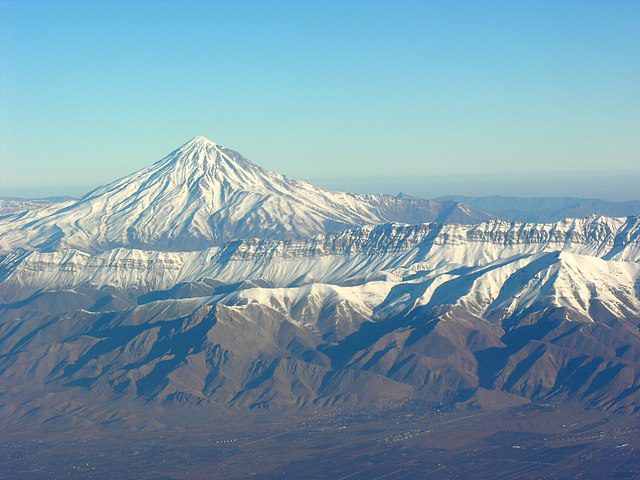
Now it’s time to introduce the most visited Iran Mountains:
Damavand, the Highest Volcano Mountain in Asia
Damavand is located in the Middle of the Alborz range, in the South of Mazandaran. It is 5610 meters high and is the highest peak among Iran’s mountains and the second conical peak after Fiji in Japan.
This mountain is a symbol of strength, pride, and glory in Iranian culture. Iranian poets use the word ‘’Damavand” in their poems when they want to talk about persistence and fighting against the enemy.
The minimum air temperature in Damavand Highlands is almost 60 degrees below zero in winters and one-two degrees below zero in summers. Furthermore, the speed of the storm in Damavand sometimes ranges from 150 km/h. Wind speed in the foothills sometimes reaches 70 kilometers per hour.
Also, the air pressure at Damavand Peak is half the air pressure at sea level. It is also the highest point in the Middle East and the highest volcano in Asia. It is a potentially active volcano since there are fumaroles near the summit crater emitting sulfur.
Alam-Kuh
It is one of the most beautiful mountainous regions in Iran. Alam-Kuh peak, which is 4848 meters in height is the second highest point of Iran after Damavand. Alam-Kuh is located in Mazandaran province and it is like a paradise for those who are interested in Flowers, plants, and also gardening.
So different plant tours are held there in Alam-Kuh every year in spring. It is a famous mountain and its reputation is due to the hardness of climbing. Its northern wall is a difficult and technical route for climbing.
Sabalan
Sabalan Mountain which is 4811 meters, is the third-highest and the most extended volcano between Iran’s mountains in Ardabil province. Thermal and mineral springs are attracting local people as much as visitors.
Takht-e Soleyman
Mount Takht-e Suleyman, also known as the Throne of Solomon, has captivated the hearts of adventurers, nature enthusiasts, and history buffs alike. According to local legends, Solomon asked Belgheis (It is an old name for girls in Iran) to marry him. Belgheis said that Solomon should build the tallest castle in the coldest region for her to accept becoming her wife. Solomon, who could speak to animals asked them to go and search for the coldest spot.
That night all the animals came back except Hodhod (the name of a bird in Persian). In the morning Hodhod returned and said I found a place that was too cold. My wings frizzed last night because of its cold weather. So I had to stay there until morning and wait for the sun. Therefore Solomon chooses there as the tallest and coolest place and builds a castle. Takht-e Soleyman is a very rugged peak and its slopes cover by cliffs/needles. So if you are interested in climbing you should experience Takht-e Soleyman.
Azad Kuh
Azad Kuh at 4375 meters in height is a giant rocky summit that rises from the south of central Alborz Mountains. The eastern, northern, and western slopes of Azad Kuh are made of steep rocks with more than 500 meters tall. In summer, the weather is generally clear, and isolated thunderstorms do occur. At the weekends you can see so many climbers that are going to Azadkuh. Therefore, if you are interested in enjoying the scenery besides experiencing climbing you can join them easily.
Zard-Kuh
Zardkuh Bakhtiari is a mountainous area in the northwestern Zagros chain, which is located in the southwest of Iran. It is funny for you to know that ‘’Zard” in Persian means yellow. It is more than 4,221 meters above Dena Mountain and is considered the second-highest mountain in the Zagros Mountains.
This mountain is important in Iranian culture because it is somehow the home of Bakhtiari nomads. Iran is the main source of nomads in the world. Bakhtiari Nomad passes winters in the plains of eastern Khuzestan and summer in the western parts of Chaharmahal and Bakhtiari.
These people with their special traditions and lifestyles are one of the most remarkable attractions of this region. Ethical life and special traditions could be spectacular to tourists and foreign and even domestic visitors. It is considered to be the most difficult nomadic way in the country.
Volcanic Peak of Taftan
Taftan is the only semi-active volcano between Iran’s mountains. Sulfur is always emitting from the three volcanic craters of this mountain. At the entrance to volcanic cavities, pure sulfur cliffs are abundant. If chemical substances of the Taftan volcanic peak mix with water, it can produce a dangerous toxic substance called sulfuric acid. This strange mountain is located in the southeastern part of Iran, in Khash in Sistan and Baluchestan Province.
Taftan with numerous peaks is the tallest mountain in Baluchistan. In Farsi, “Taft” means warmth, so this mountain that sometimes emits steam is called Taftan. Tourists who travel to Taftan for climbing have the opportunity to visit plenty of villages around and visit Petroglyphs on stones. When there is no line, people beautifully express their content. They carved a special piece of rock and transmitted their way of life customs and special traditions to others.
Shir Kuh
The peak of Shir Kuh is a high peak (4050 meters) in the central part of Iran about 40 km southwest of Yazd. Shir Kuh and its neighborhood have a cold climate, although the region is placed in a hot semi-desert climate.
Therefore, it means that you can ski on snow and also enjoy walking on hot sands in deserts in a single day. It is interesting for tourists to know that ‘’Shir’’ means lion in Persian, so Shir Kuh refers to a big and powerful mountain.
FAQ about Iran Mountains
Q1: Does Iran have a lot of mountains?
A1: Iran’s central basin is encircled by vast, worn-down mountain ranges. Much of the country’s land is higher than 1,500 feet (460 meters), and about one-sixth of it is even higher than 6,500 feet (1,980 meters). This stands in stark contrast to the coastal areas beyond the mountainous ring.
Q2: What are the major mountains of Iran?
A2: The tallest mountains in Iran include Damavand, Alam-Kuh, Sabalan, Takht-e Soleyman, Azad Kuh, Zard-Kuh, and Shir Kuh.
Q3: What are the highest mountains in Iran?
A3: The highest mountains in Iran include Damavand, Alam-Kuh, Sabalan, Takht-e Soleyman, Azad Kuh, Zard-Kuh, and Shir Kuh.
Q4: Where is Damavand located and how high is it?
A4: Damavand is located in the middle of the Alborz range, in the south of Mazandaran province. It stands at a height of 5610 meters, making it the highest peak in Iran and the highest volcano mountain in Asia.
Q5: What is the significance of Damavand in Iranian culture?
A5: Damavand holds great cultural significance in Iran. It is often regarded as a symbol of strength, pride, and glory. Iranian poets frequently mention Damavand in their poems to symbolize the persistence and the spirit of fighting against adversity.
Q6: What are the special features of Damavand’s climate?
A6: Damavand experiences extreme weather conditions. In winter, the minimum air temperature in its highlands can drop to nearly 60 degrees below zero, while in summer, it is typically one to two degrees below zero. The mountain is prone to strong storms with wind speeds reaching up to 150 km/h. The air pressure at Damavand’s peak is about half that of sea level, and it is considered a potentially active volcano.
Q7: What is the most beautiful mountain in Iran?
A7: Alam-Kuh is a stunning mountain area in Iran, known for its beauty. The peak of Alam-Kuh stands at 4848 meters, making it the second highest point in Iran after Damavand. Situated in Mazandaran province, Alam-Kuh is a paradise for nature enthusiasts, especially those interested in flowers, plants, and gardening.
Q8: Where is Alam-Kuh located, and why is it famous?
A8: Alam-Kuh is situated in the Mazandaran province of Iran. It is renowned for its natural beauty and is a paradise for those interested in flora and gardening. The mountain stands at a height of 4848 meters, making it the second-highest peak in Iran after Damavand. Its northern wall offers a challenging and technical climbing route, adding to its fame.
Q9: Does Iran have Himalayas?
A9: The northern range, called the Alborz Mountain Range, stretches 950 kilometers and covers about 51,500 square kilometers, which is roughly three percent of the country’s total area. This mountain range is a part of the large folds similar to the ones found in the Alps and the Himalayas.
Last Words: Experience the Majesty of Iran Mountains with Customised Tours
When it comes to exploring the breathtaking landscapes of Iran mountains, there’s a world of wonders waiting to be discovered. From the snow-capped peaks of the Alborz range to the rugged beauty of the Zagros Mountains, Iran offers a paradise for nature enthusiasts and adventure seekers alike. Iran mountains are not just geological formations; they are living stories etched in stone, waiting to be explored.
To truly embrace the essence of Iran mountainous allure, embarking on a Customised Tour is the key to an unparalleled experience. This is where Iran Tours and Travel Packages by To Iran Tour come into play. Our dedicated team of professionals is passionate about showcasing the best of Iran mountains and curating experiences that are as unique as you are.
Your idea of a perfect Iran mountains adventure might include challenging treks, cultural immersions with local communities, or simply basking in the serene beauty of nature. Join us today! Your adventure begins here.

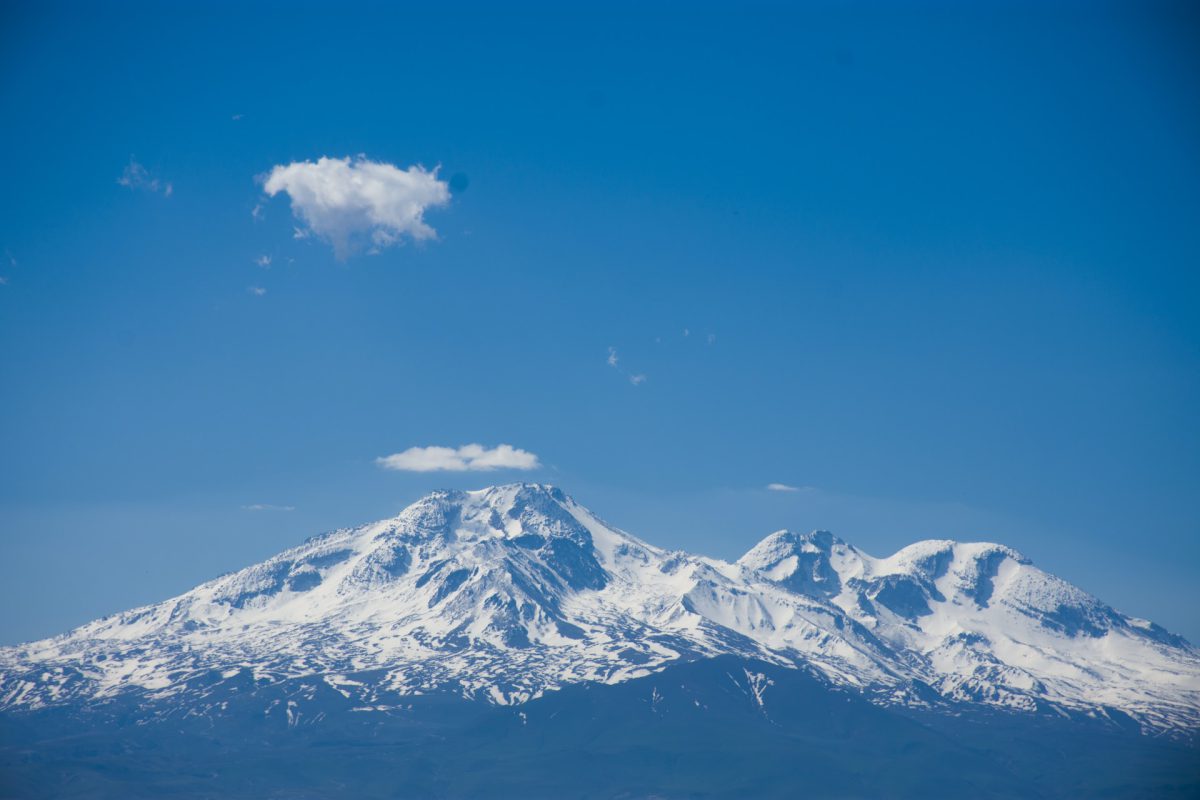
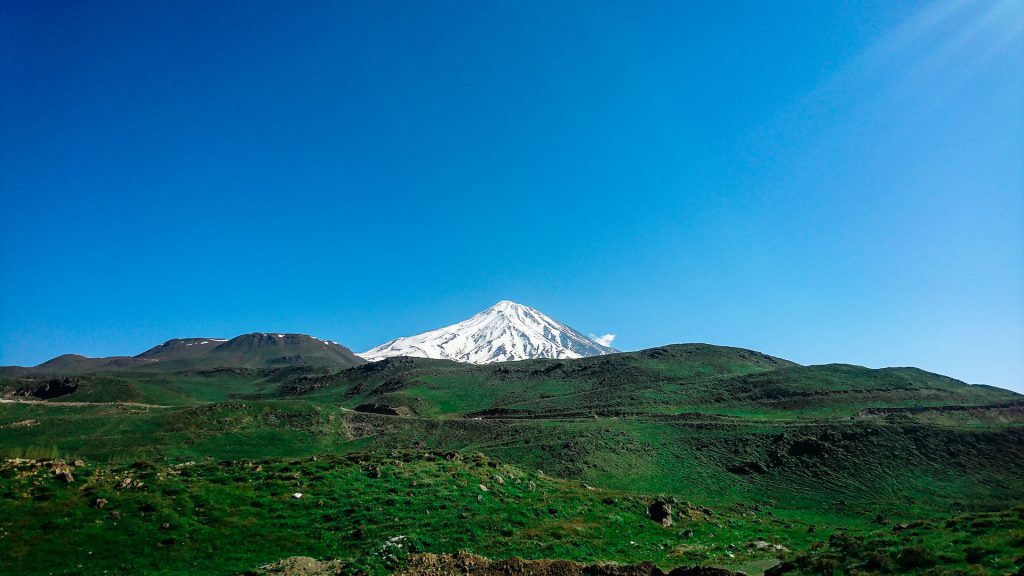
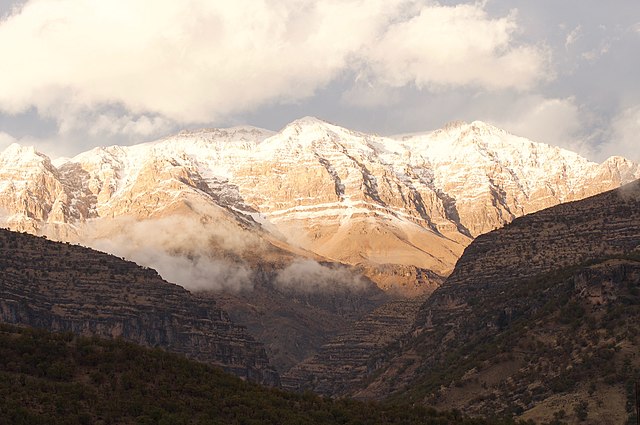
wow im Iranian and never knew about